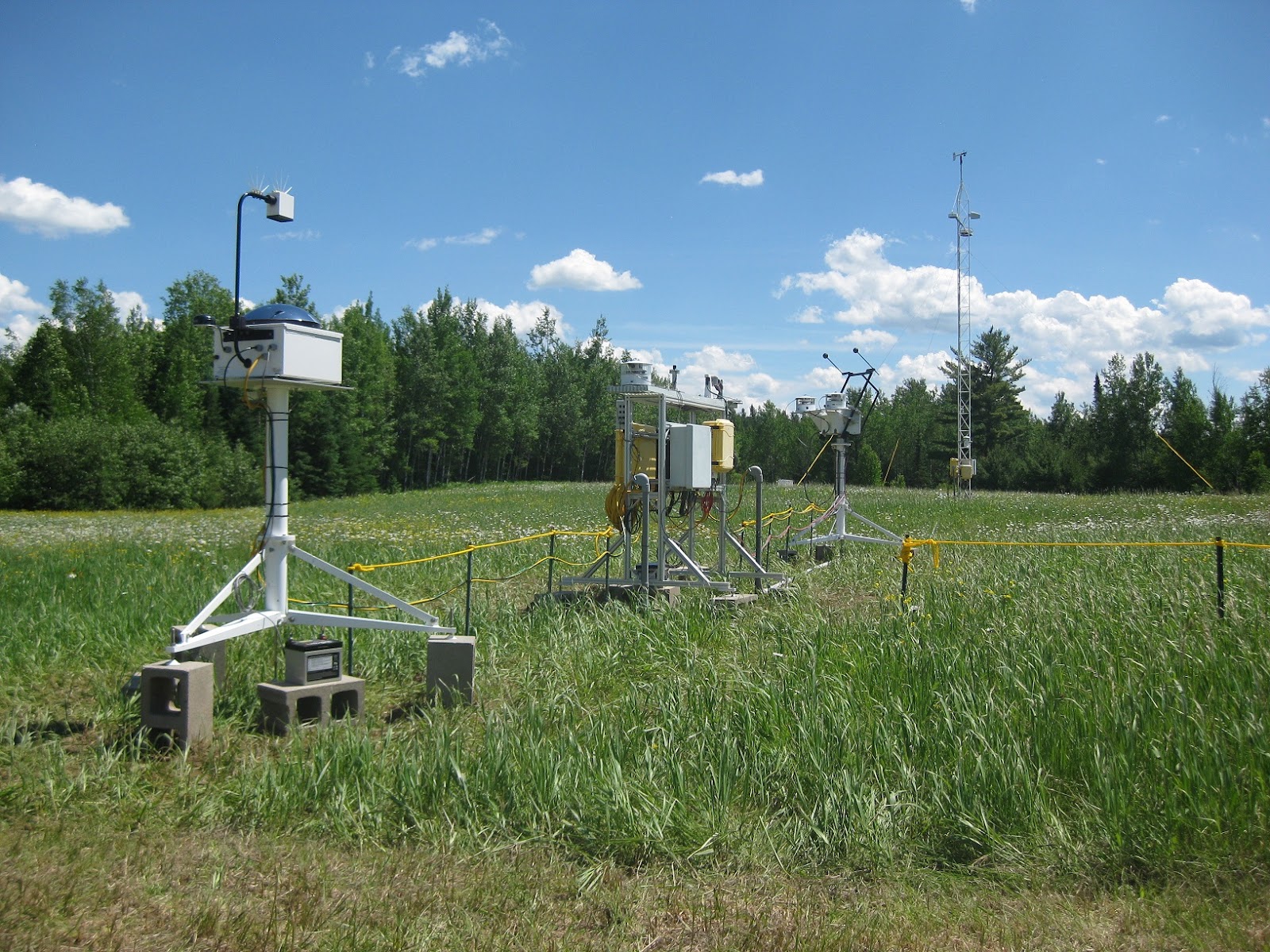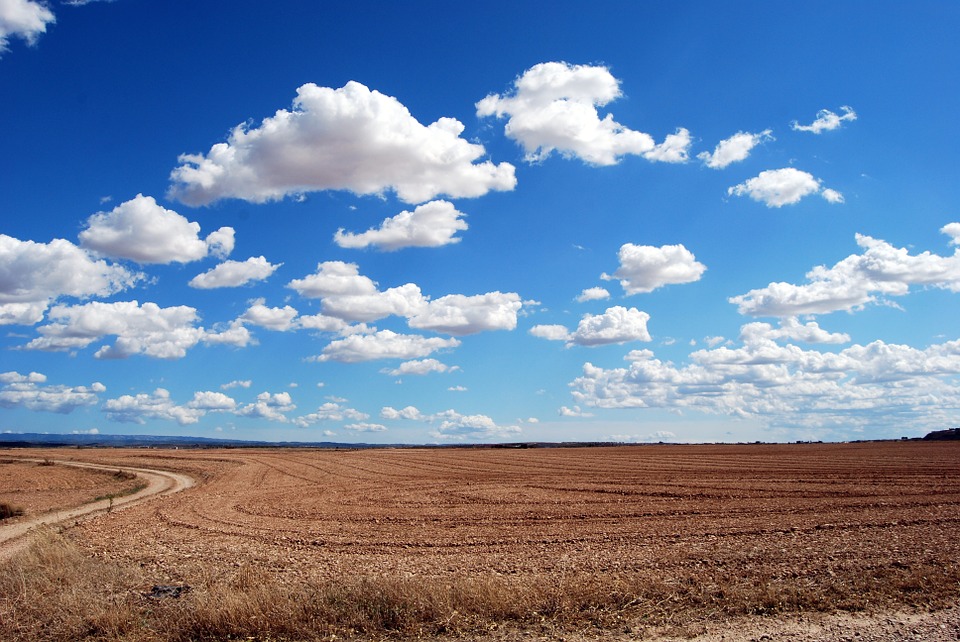Fair-weather cumulus clouds are found to stimulate more surface energy exchange over a forested landscape
By Xinyi Zeng (xinyi.zeng@noaa.gov), Science Communications Specialist
New research in the Journal of Geophysical Research: Atmospheres found that low, fair-weather, cumulus clouds stimulate stronger surface energy exchange in comparison to other sky conditions over a forested landscape in northern Wisconsin. CIRES scientist Joseph Sedlar led the research along with a team of scientists from CIRES, NOAA Global Monitoring Laboratory, Global Systems Laboratory, and Physical Sciences Laboratory.
As cloud conditions directly modify the solar and infrared radiation reaching the Earth’s surface, energy exchange responses affect the warming and cooling processes near the surface, driving the local weather systems, as well as the dispersion of trace gases, particles, and pollution, impacting human health.
While previous research focused mainly on uniform landscapes such as relatively flat grasslands, the NOAA research team leveraged the opportunity to participate in the Chequamegon Heterogeneous Ecosystem Energy-Balance Study Enabled by a High-Density Extensive Array of Detectors 2019 (CHEESEHEAD19) field campaign to collect radiation and cloud measurements over a forested landscape with diverse surface properties.
Using a cloud regime classification method developed by scientists in CIRES and Global Monitoring Laboratory, they investigated the influence of three main sky conditions had on the surface energy budget and lower atmosphere responses: 1) low stratiform clouds, representing the overclouded sky; 2) low cumulus clouds, which are scattered, fair-weather clouds with relatively low cloud base heights; and 3) clear sky conditions.


The results showed that the magnitude of the turbulent heat fluxes in this location was larger during periods with low cumulus clouds than during both clear sky and low stratiform conditions. As a result, the depth of the daytime mixed layer was largest under low cumulus conditions.
Furthermore, surface turbulent energy exchange happened mainly in the latent phase, which means radiative energy from the sun was primarily consumed through evaporating surface-based moisture. Sensible heat fluxes, which is a conversion of radiation at the surface into dry, thermal plumes that eventually rise, varied in magnitude depending on the sky conditions present.
These results are different from what was previously found over a grassland landscape in Oklahoma. There, both clear sky and fair-weather cumulus conditions are found to promote the most surface energy exchange, with very little differences in turbulent heat flux magnitude between the two sky conditions. Also, it has been found that sensible heat flux dominates the partitioning of turbulent heat fluxes.
These results suggested that locally-forced land-atmosphere interactions may have contributed to the development of different lower atmospheric conditions and feedback onto the cloud conditions observed. Surface evaporation and evapotranspiration from the vegetation and forest canopy play an important role in driving more energy exchange in the latent phase.
Future investigation across more clear sky and low cumulus periods will help scientists better understand the role of clouds on land-atmosphere interactions and better predict local weather systems.
The research is funded in part by NOAA Atmospheric Science for Renewable Energy program and Climate Program Office’s Climate Observations and Monitoring Program.
